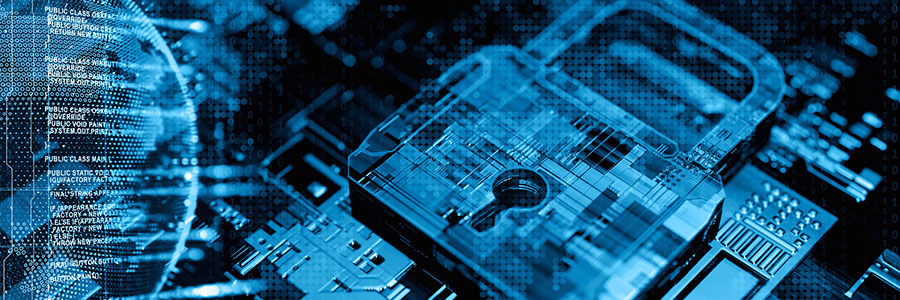Most nonprofits rely on conventional cybersecurity defenses to stop malicious software and hackers from getting into their networks. But these defenses, while still an important part of any complete information security architecture, are no longer enough.
Advances in cloud and mobile computing now mean that a lot of data is stored online and accessed from employees and devices located both inside and outside the office. In other words, people, rather than networks, are the new perimeter.
Taking security to the account level
In the past, everyone with access to a network was considered a trusted user. However, this also meant hackers would have access to everything if they succeeded in breaching the network.
Today, the concept of creating a perimeter around the network has largely been rendered obsolete. In fact, this is even more likely to be the case in nonprofits, which often need to reduce costs by relying heavily on the cloud and allowing their volunteers and employees to use their own devices for work.
Furthermore, many nonprofits work with field volunteers who need access to important apps and data on the move. That’s why you need to create access restrictions around each individual user account.
What is the zero trust approach?
The zero trust approach follows the mantra never trust, and always verify. It’s the inevitable next step in the evolution of information security, especially since organizations can’t solely rely on their network firewalls and antivirus software. The concept is closely connected with the principle of least privilege, whereby people are only granted access to the apps and data they need to do their jobs.
Zero trust takes things a step further by recommending that all traffic and users are the same in terms of the controls in place to protect them. Also, all traffic should be logged and analyzed in real time for suspicious activity. This will provide full audit trails that administrators can access and review from a centralized web-based dashboard.
Enabling multifactor authentication (MFA)
Putting the zero trust approach into practice can be complicated, but there’s simply no better way of protecting your nonprofit organization from both threats in the office and out in the field.
One practical way is multifactor authentication (MFA), in which all users must verify their identities when accessing any system that holds sensitive information. Some organizations segment their data flows and storage so that the most sensitive data can only ever be accessed by entering something more than just a password. Less sensitive systems might only request verification when they’re being accessed by unfamiliar devices or networks.
Getting everyone involved
The top-down approach to zero trust is doomed to fail since it requires input from all users and every department in the organization to implement and enforce security policies. Not only does everything need monitoring and auditing, but endpoint devices themselves must be verified, whether they’re owned by the nonprofit or its volunteers.
The best solutions simplify onboarding and offboarding while protecting any sensitive data being stored locally. Policies and processes need to be as frictionless as possible to ensure high adoption rates and support from end users. Automation makes things easier for everyone by encouraging people to enroll their own devices for work without adding risk to your organization.
To earn the trust of their donors, nonprofits need to keep their data secure just like any other organization. Founders Technology Group LLC provides expert guidance and solutions to help make that happen. Call us today to schedule a consultation.

